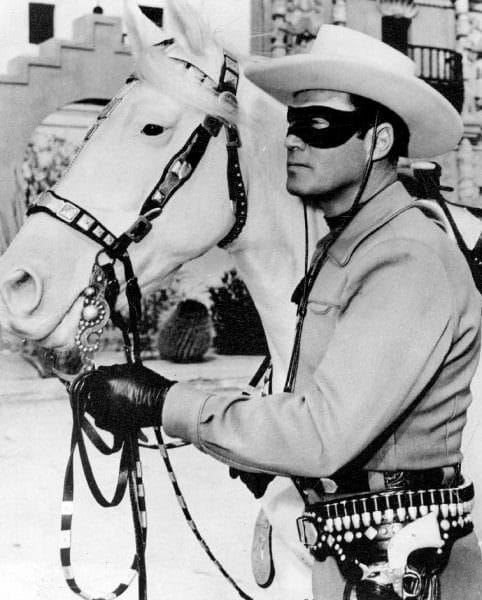By David Codrea

If the opportunity presented itself, I missed it. It looked like they both had their hands full and it’s unclear how either officer, with a writhing suspect sandwiched between them, could have “safely” gotten off a shot.
So-called “shoot-to-wound” proposals have been around for years. PoliceOne reported on a New York bill that presumed to “force officers to use their weapons ‘with the intent to stop, rather than kill’ a suspect’ and would mandate that cops ‘shoot a suspect in the arm or the leg’ as opposed to the present practice of aiming center-mass until the threat is stopped.”
Experts at the time were firmly opposed to that requirement, and were pretty explicit about why.
“[S]hooting to wound doesn’t make sense scientifically, legally, or tactically,” Force Science Institute argued, presenting numerous reasons why. Even Joe “fire a shotgun off the balcony or through the door” Biden instinctively recognized that as a bad idea:
“When Michael Paladino, president of New York’s Detectives Endowment Association, showed him the bill he reportedly scoffed and suggested that it be called the ‘John Wayne Bill’ because of the unrealistic, movie-like sharpshooting skills it demands of officers.”
So as not to place myself in total public agreement with Biden on a gun issue, let me find one point of contention: Not John Wayne, but the Lone Ranger, who famously told his “faithful Indian companion” Tonto:
“Oh, I’ll shoot if I have to. But I’ll shoot to wound, not to kill.”
With all due respect to actor Clayton Moore, and I have plenty as he was not only a childhood hero but I actually met the gentleman during a motel stay when I was young (talk about a thrill, having the Lone Ranger in the next room!), his character’s philosophy was the work product of scriptwriters, not experts in lethal force encounters.
That any would believe Lone Ranger outcomes can be mandated by legislation speaks more to the childish ignorance of much of the political class running our cities. Not that they would know it, but people rarely react to being shot the way they do in popular entertainment, so it figures such nonsense would have been proposed in New York City. And funny how the Masked Man never seemed to blow out a bandit’s artery and his targets never bled out….
In the real world, the object in a lethal force encounter is to survive. With an eye toward the legalities, instructors prudently avoid “shoot to kill” and teach the terminology “shoot to stop.”
The next part of the equation Hayes presents deals with so-called “warning shots.” He gives pro and con sides, noting Massad Ayoob arguing compellingly against them. He then cites the National Consensus Policy on Use of Force, which presents conditions for firing them.
For the last part, Hayes discusses “target-specific directed fire.”
It’s certainly not hard to envision tactical situations where suppressive fire could save lives – we saw citizens do exactly that in the takedown of the University of Texas sniper (back in the Sixties, before Pajama Boys looking for “safe spaces” took over academia). And that suggests situations warranting “warning shots” just might arise, provided Jeff Cooper’s rules are still in play (something an off-duty, presumably “highly-trained” LAPD officer in a lawn dispute with teenagers seems to have forgotten).
As for targeting extremities, I’m still trying to wrap my head around that one, including how you’d get the time to make and execute such a judgment call, and noting that even when aiming for center mass, unfolding tense and fluid situations aren’t exactly conducive to precision marksmanship hit rates.
Admittedly, there’s no one-size-fits-all rule that can account for all situations. It’s also encouraging to see police tactics in potential lethal force situations being considered that place a premium on “a higher respect for or protection of life.”
That said, it’s fair to ask if we’re going to be seeing more top-down directed policing attempts at redefining use of force norms. If so, how much of that will be because chiefs are unduly motivated by the prospect of “political unrest” (you know, riots) following an otherwise justifiable shoot?

About David Codrea:
David Codrea is the winner of multiple journalist awards for investigating / defending the RKBA and a long-time gun owner rights advocate who defiantly challenges the folly of citizen disarmament.
In addition to being a field editor/columnist at GUNS Magazine and associate editor for Oath Keepers, he blogs at “The War on Guns: Notes from the Resistance,” and posts on Twitter: @dcodrea and Facebook.
